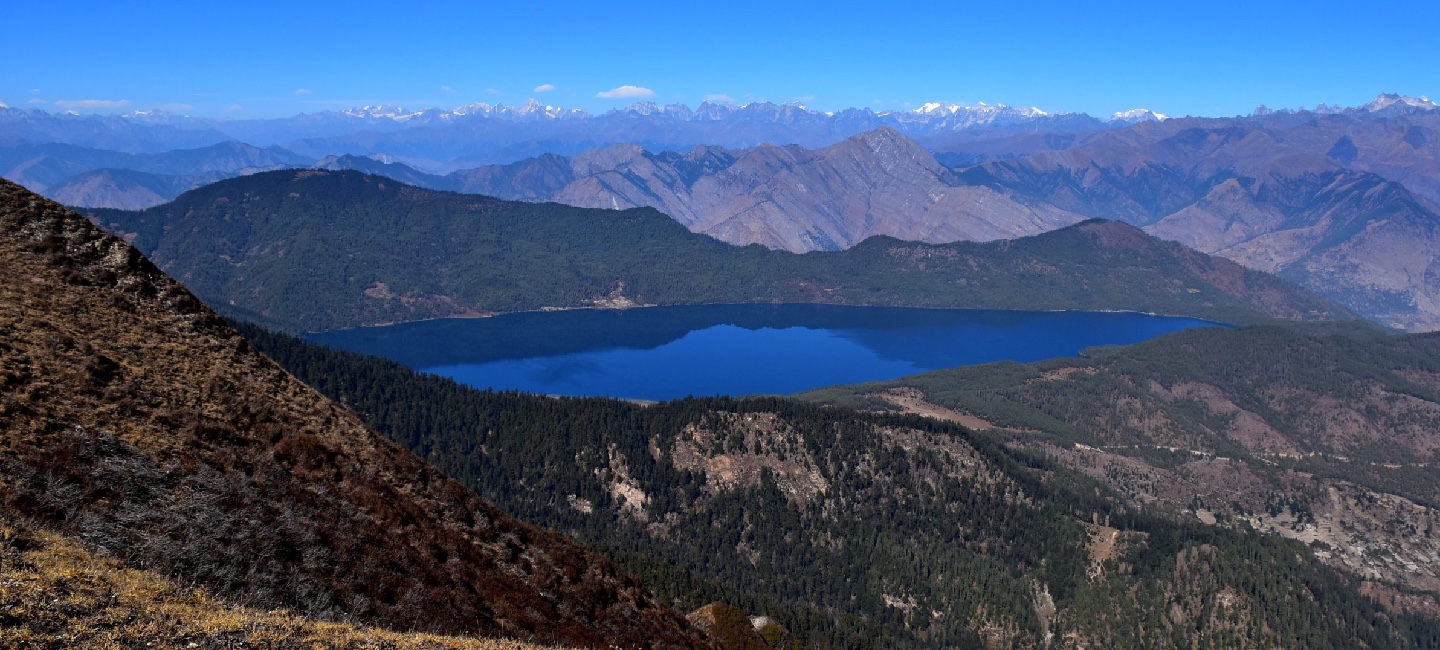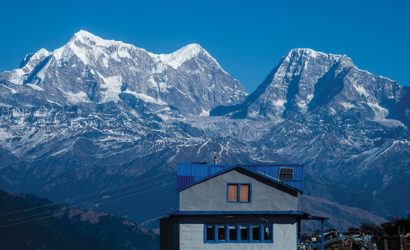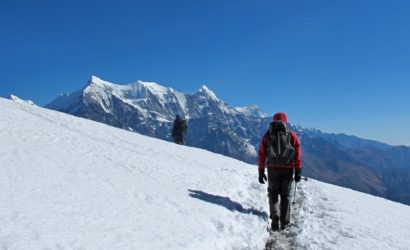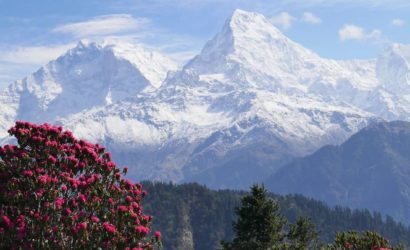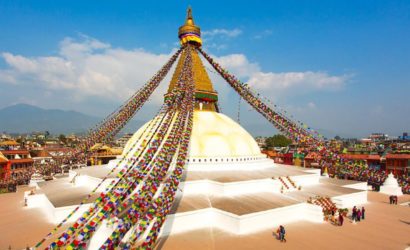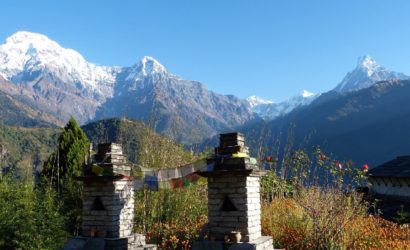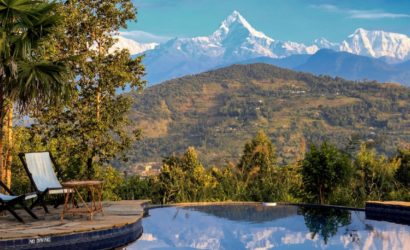Rara Lake nestles like a sparkling jewel among green forested hills at the heart of Nepal’s second last visited National Park and situated at an altitude of 3460 meters. Rara Lake is one of the best destinations for trekking in western Nepal.
This area is surrounded by Rara National park. It is the largest lake in Nepal. The route is well off the beaten track and affords glimpses of culture and scenery quite different from other parts of Nepal. Rara Lake Trek takes you to this beautiful region of the country.
The Rara Lake Trek offers a dramatic display of clear high altitude lakes mixed with pine, spruce, and juniper forests as well as breathtaking views of the snow-capped Himalayan peaks. In some places, Rara Lake is as deep as 167 meters and drains through Nijar Khola into the Mugu Karnali river.
The National Park of Rara is home to the endangered red panda, common langur and macaque rhesus. This area’s rich vegetation is Rhododendron, Juniper, Oak, Spruce and Cyprus.
The Great Himalayan Trail (GHT) Upper and Lower paths pass along the shores of Rara Lake, this region is really off the beaten path, only 170 people visited Rara Lake in 2010, Our trek begins from Jumla, the biggest upland hill town in western Nepal.
The trek offers beautiful views over Mugu, Humla’s southern hills and Tibet’s border. The path leads us through grassy alpine pastures and distant villages before steeply descending to Jumla from the second pass. From here we fly back through Nepalgunj to Kathmandu.
Why you should trek to Rara Lake?
For all of you who are second to guess and wonder why you should start on this amazing journey and trek to Rara Lake, we have some great reasons for you to consider this trek:
- Seeing and feeling Nepal’s side once in a lifetime.
- Take a break from the monotony of urban life and get in touch with nature.
- Come close to seeing different animal species.
Accessing Rara Lake Trek
Unfortunately, Rara Lake is not the easiest place to travel to. Maybe that’s part of its uniqueness! Still, there are other ways to go to Rara Lake. So, y ou can reach there by bus, jeep or flights.
While Trekking to Rara Lake
It’s possible to reach Rara Lake by going on either a guided solo or group trek. We recommend that you take a guide or guide-porter someone who can translate for you because this is a remote area of Nepal.
The trek itself isn’t difficult, but it’s difficult to speak with the locals and the trail isn’t well-marked, so you can get lost. Of course, it depends on whether you are an experienced trekker or a beginner.
Traveling by bus to Rara Lake
You can also take a local or luxury bus to Rara Lake. The road is pretty bad, so we would not advise this option. We have seen parts of the road ourselves and it’s quite tough.
Traveling by jeep to Rara Lake Trek
Going by jeep is another alternative, and while the road conditions are poor, it is still better than taking the bus. A jeep can access the mountains much more easily than a big, bulky bus.
Flying to Rara Lake Trek
The last option is traveling by airplane. You can fly directly from Kathmandu to Talcha airport, which is closest to Rara Lake.
Upon your arrival in the Kathmandu airport after completing your custom formalities Visa, etc. pick up your luggage and look for our airport representative from Himalaya Discovery who will display your name on the board at the arrival gate. You will be greeted by our representative and transferred to the hotel by private tourist vehicle.
Today is free for sightseeing in Kathmandu. You may wish to visit Durbar Square in the heart of the old city where the old Royal Palace, with its intricate woodcarving is located. The whole area is a maze of temples and images. Leading away from the square in all directions are narrow alleys, full of the most amazing variety of shops and stalls.
Some of these landmarks are considered World Heritage Sites including the historic Bhaktapur Durbar Square, the famous ‘Monkey Temple’ Swayambhunath and Buddhists shrine Buddhanath which is one of the largest Stupas in the world.
There will also be a full trip briefing today with gear check. In case you need to hire or buy equipment locally there will be time to do this today.
As per the flight schedule for Nepalgunj, we transfer to the domestic airport for one and half hour scenic flight to Nepalgung. At Nepalgunj we will have time in the late afternoon or evening to have a look around the town which is situated on the southern Nepal border with India, and stay overnight in this transit city.
After a pleasant overnight at Nepalgunj, early morning transfer to airport for the 45 minute flight to Jumla over the Himalayan foothills, with views of Annapurna and Dhaulagiri peaks to the north. On arriving at Jumla our trekking staffs will receive you, who have walked all the way from Nepalgunj with the camping gear and food supply.
Jumla town is in a delightful valley and here are the highest limits of paddy cultivation, growing red rice. The town is the administrative headquarters of the entire Karnali zone and Jumla district.
After breakfast we start our trek by following the North bank of the Tila Khola river and then turn north following the Chaudhabise Khola passing through fields and pine forests.
We will ascent up the Padmara Valley. Our trail keeps following the river until we arrive at the small village of Uthugaon, where we will have a good campsite close to the school on the opposite site of the river.
After breakfast we follow the trail through the narrow canyon to the village of Padmara. Our path then climbs to the Khali Lagna pass at 3550m/11644ft through a deep forest of pines, spurches and firs. Shortly after this pass both routes come together and the trail then descends gently through mixed forest of spruces, birches and rhododendrons to arrive at our campsite at Danphe Lagna.
After breakfast our trails descend steep passing through fir, birch, and walnut and bamboo forests. After crossing a bridge we follow the river downstream before starting a serious climb passing some water-driven mills to Kabra.
Here is a huge overhanging rock which is the source of silajit, a mineral which is believed to have “healing” properties. Our steep climb continues for a while and then levels out before Bhara village. After this village we then descend to the Chauro Khola river to the village of Chautha.
After breakfast we continues follow the stream uphill to Bhulbule, the Rara National Park entrance station at 3130m/10266ft. Our path continues climbing gently to Ghurchi Lagna pass 3450m/11316ft which is covered with chortens (round stone Buddhist monuments) and prayer flags.
From the pass the route descends gently at first before dropping down precipitously through spruce forests. We camp at the small settlement of Dhotu village.
Today is a short and pleasant trek with fine views to the north. We traverse a steep north facing slope from Dhotu, and cross a series of fields down to a small stream. After crossing the bridge, we climb up to the Thakuri village of Jhyari. From Jhyari, we climb steadily up through cedar forest to a huge meadow atop a 3050m/10004ft ridge with great overhead views of Rara Lake.
We will follow the trail along to the northern side of the Lake, where the park headquarters and the camping ground are situated.
Rara Lake is the largest lake in Nepal. It is almost 13 km around the lake and a day devoted to walk around is well spent. Rara is designated a national park in 1975 and this region offers remoteness and a wilderness experience unlike any other region of Nepal, where birds, flowers and wildlife thrive.
Among the mammals in this region are Himalayan bears, Serows, Gorals, Musk Deer, Red Pandas and both Rhesus and Langur Monkeys. The 180 meter deep lake is a habitat for otters and an important resting place for migrating water fowl.
After explore the Rara Lake the trail will follow the Khatyar Khola river. We will keep following this river slowly descending before we climb out following a small trail surrounded by pine, spruce and rhododendron forests.
We follow our path dropping into the Ghatta valley heading towards the small settlement of Gorusingha where there are several excellent campsites.
Our route keeps heading down the Ghatta valley from Gorusingha following the Sinja Khola river downwards to Sinja. From the 12th to 14th century, Sinja was the capital of the Malla dynasty that ruled western Nepal.
The ruins of the old palace can be seen across the river. There is an interesting temple here dedicated to Bhagwati, the goddess of justice who rides atop a tiger.
Today the trail crosses the Sinja Khola on a wooden cantilever bridge. After passing a few small villages, the trail crosses back and forth across the river on a series of quaint log bridges.
Most of the trek is through forest of pine, birch and oak and fields of barley and corn. Then the trail makes a steep climb to Jaljala Chaur, a gigantic meadow full of horses.
Keep climbing through forest to yet another meadow, just below the ridge at 3510m/11512ft, then a pleasant descent to Jumla.
Early morning 30 minutes sweeping wonderful flight to Nepalgunj over the Himalayan foothills, overlooking stunning views of the snow capped peaks.
On arrival at Nepalgunj depending upon the connecting flight schedule to Kathmandu. On arrival in Kathmandu we are met and transferred back to hotel.
Today is rest and relax throughout the day. If you get interested to take some gifts from Nepal for friends and relatives, visit to some nearby shops or go out in Thamel for typical Nepalese goods which can be assisted by our guide or you can do it yourself too.
Today, we will have a farewell lunch / dinner in a traditional Nepalese restaurant with cultural performances.
Our representatives will drop you off at the airport according to your flight schedule

